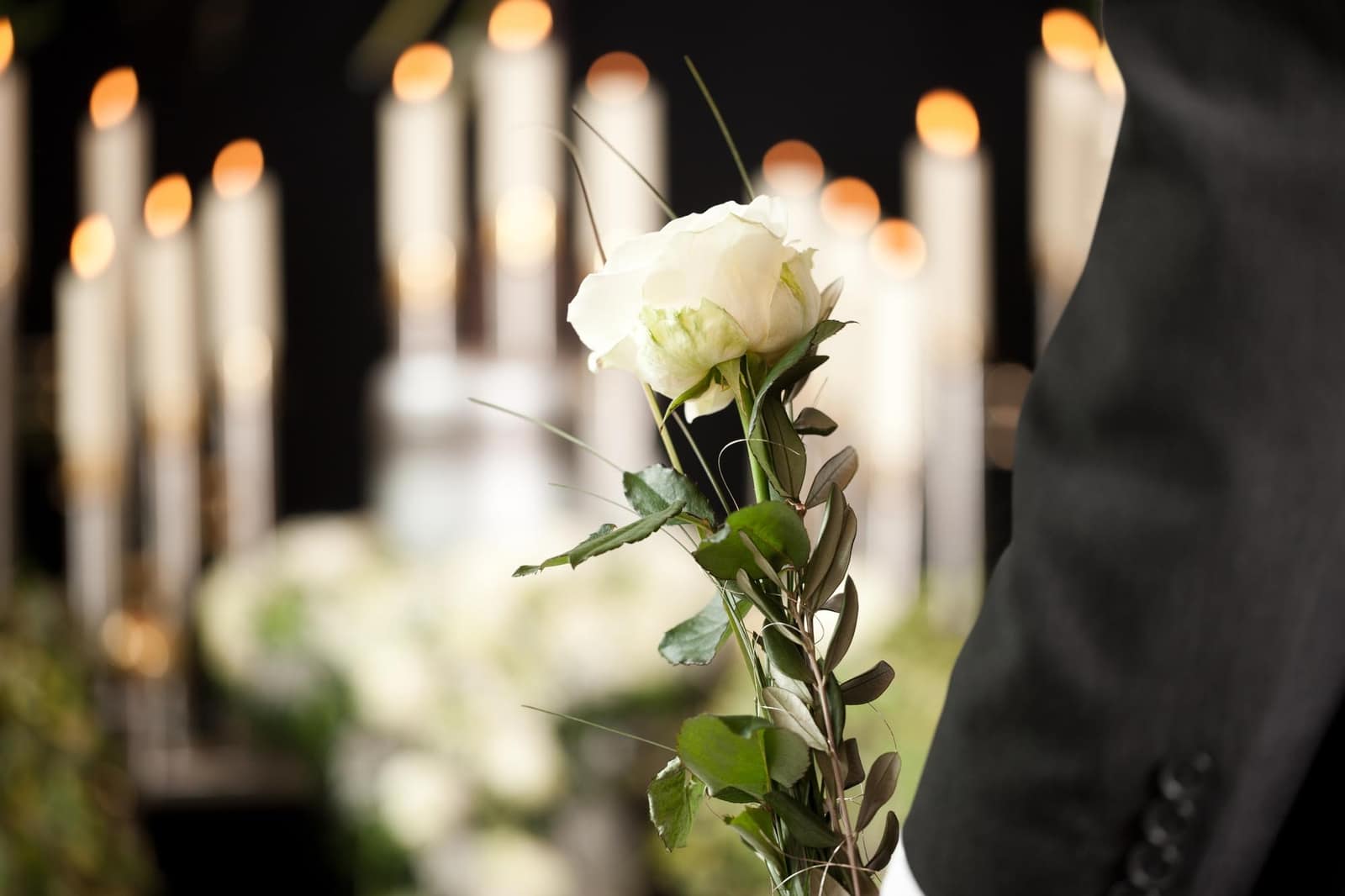Funeral Etiquette

Slide title
Write your caption hereButton
What to Expect
For visitations, wakes, and other remembrance events, there will likely be displays of photos and memorabilia for you to quietly look at while waiting to visit with the family. If a viewing is involved, the embalmed body of the deceased person is present in an open casket so people can see the individual one last time and say their own goodbyes. While you are not required to participate in viewing the body, it is an important part of the grieving process. No matter the type of service or gathering, there is generally a registration book you should be sure to sign with your first and last name so that the family can look back later to see who attended.
If the seating area for the service includes rows, the front will most likely be reserved for family. Choose a spot you are comfortable in, turn off your cell phone, and be sure to have tissues nearby. Following the service, there may or may not be an immediate burial. If there is and if the family invites all guests to the cemetery, make sure you follow the vehicle procession and drive responsibly. Be aware of your volume at the cemetery, and always avoid sitting or walking on gravesites.
Many funeral services conclude with a meal or a more lighthearted gathering. This is an opportunity to visit with other friends and family and to share stories about the person who has passed. While the atmosphere will likely be more casual, keep in mind that many people are grieving.
Who Should Attend
When an individual passes away, family, friends, and coworkers usually attend the funeral to pay their respects. At the same time, it is essential to remember that funerals are not only about the deceased; if you are close with the individual’s loved ones, consider being present to offer condolences and show support.
Many people wonder whether or not it is appropriate to bring children to a funeral service. While it is important that a child doesn’t feel forced to attend, it is also important for them to have an opportunity to say goodbye and be a part of the tribute. Prepare children ahead of time by talking openly about the situation and what the service might be like.
What to Wear
The traditional attire for mourning is black and formal. However, families now often prefer that the service or gathering be seen as a celebration of their loved one’s life, so there is not necessarily a typical style any longer. Some families ask that guests dress according to a certain theme such as wearing camouflage for an avid hunter or purple for an enthusiastic Vikings fan. When in doubt, it is still safe to choose subdued colors and dress modestly.
What to Say
Knowing what to say to someone who is grieving might feel intimidating, but simply let the family know that you are sorry for their loss and that you are thinking of them during this time. If appropriate, introduce yourself and tell the family how you knew the individual who passed. You might consider sharing a favorite memory you have with the person or mentioning what you will miss the most about them. Avoid making any comments that minimize their loss or compare levels of sorrow. Also, don’t bring up the cause of death unless the family speaks freely about it.
What Should I Give
A sympathy card is a great way to share your condolences with the family, especially when your time interacting with them at the funeral or visitation might be very limited. Some people include a gift of money for the family or add a note that a donation was made to an organization in honor of the one who passed. Sending sympathy flowers to the funeral location prior to the service is also a very common option, and some who are very close to the family choose to bring them a meal during the days or weeks following the service.
Quick Links

365 Days of Grief Support
Sign up for free daily messages of hope and healing throughout the first year after a loss.
Please wait
Verifying your email address
Please wait
Unsubscribing your email address
You have been unsubscribed
You will no longer receive messages from our email mailing list.
You have been subscribed
Your email address has successfully been added to our mailing list.
Something went wrong
There was an error verifying your email address. Please try again later, or re-subscribe.
© The Lake Funeral Home and Crematory. All Rights Reserved.
© The Lake Funeral Home and Crematory. All Rights Reserved.

